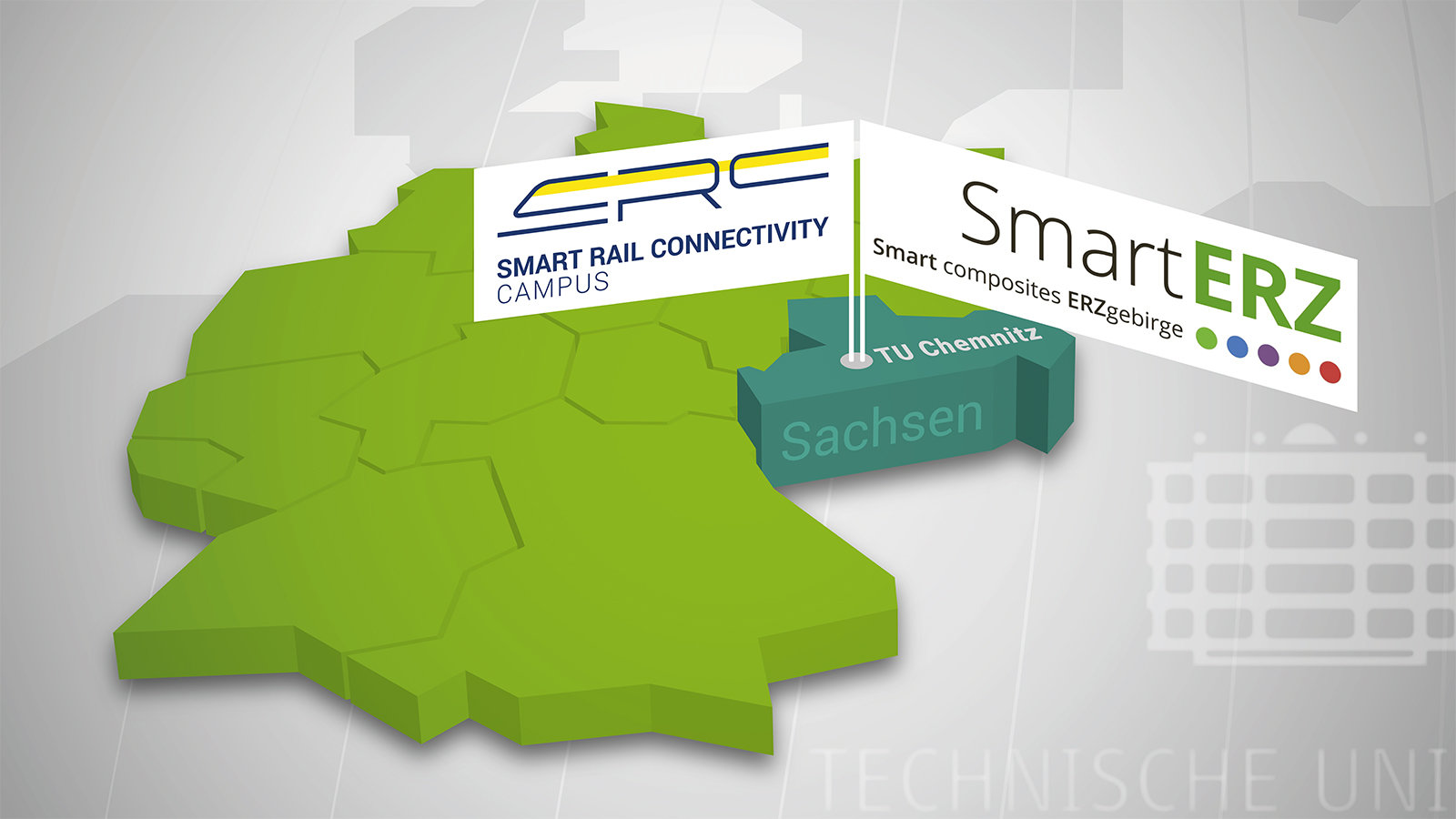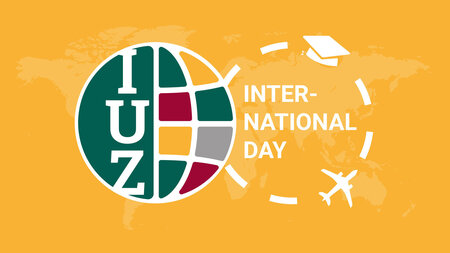Millions in Funding for Two WIR! Projects at Chemnitz University of Technology
Chemnitz University of Technology is involved in two alliances that - starting in April 2019 - will begin the implementation phase of the BMBF-funded program “WIR! - Change Through Regional Innovation”
Chemnitz University of Technology is heavily involved in two collaborative projects that have successfully received funding after a two-stage selection process, via the program “WIR! - Change Through Regional Innovation”, funded by the Federal Ministry of Education and Research (BMBF). In this fierce competition for funding, both alliances held their own against more than 100 applications, and most recently against 18 other alliances in the final round of 32 finalists. In view of the great success of the program and its relevance for structural change, the BMBF has increased overall funding to 200 million euros. Each WIR! Alliance will have up to 15 million euros available as of April 2019, to be used in phases during a 5 year implementation. Federal Research Minister Anja Karliczek emphasized: “The selected alliances have developed innovative concepts with completely different approaches to solutions – science, economics and society will work closely together on this. From individual ideas comes a real “We!”, which can also be seen far beyond just the region.”
Standout Projects that Network Chemnitz University of Technology with the Erzgebirge Region
During this time, Chemnitz University of Technology will bring together the expertise of several professorships and more than 100 partners in each of the two alliances “Smart Rail Connectivity Campus” (SRCC) and “Smart composites ERZgebirge” (SmartERZ). “Hearty congratulations to everyone involved, I am extremely pleased about the very successful performance of the two WIR! projects in the multi-stage selection process. The projects make a major contribution to the promotion of innovative projects that have highly relevant social and economic goals, and further intensify the transfer of knowledge and technology from the university into the region”, says Prof. Dr. Gerd Strohmeier, President of Chemnitz University of Technology. Bringing about change in the region along with regional partners through innovations in science, industry and society is a central task and strategic goal of the university.
Smart Rail Connectivity Campus
At the heart of the “Smart Rail Connectivity Campus”, which currently counts 112 partners, is the construction of a new research campus in Annaberg-Buchholz. In this model project, which is unique in Europe, highly automated driving on standard gauge railways, as well as ecological driving (particularly with hybrid drive systems) will be further researched, with an aim towards bringing innovative mobility technologies to approval and to the market. As there are enormous economic and environmental effects caused by mobility on this level, the project aims to contribute to sustainable – economic, ecological and socially effective and efficient – mobility solutions for rail transport and beyond.
The intended research results are expected to make significant contributions to sustainable rail transport. The main actors in the project are the city of Annaberg-Buchholz, Chemnitz University of Technology, and DB RegioNetz Verkehrs GmbH / Infrastruktur GmbH Erzgebirgsbahn. Also supporting the project are the two Chemnitz Fraunhofer Institutes IWU and ENAS, the business development agencies of the City of Chemnitz and the Erzgebirge, as well as professorships at TU Dresden and many others from science and practice. Involved from Chemnitz University are 18 professors from five faculties.
Smart Composites ERZgebirge
The field of innovation for the “SmartERZ” alliance spans the dynamic growth market of functionally-integrated composites as well as smart composites. Put another way, this means textile-reinforced plastics into which functional structures such as sensors, actuators and electronic components are integrated. As a result, these passive textiles, in combination with plastics, are turning into intelligent semi-finished products that are used, for example, in the automotive and aerospace sectors, medical technology and the construction industry. Now, these diverse components should also lead to successful infrastructural changes in the Erzgebirge region. An industry-spanning network of more than 100 partners from the region will join, especially the Erzgebirge Business Development Alliance and the Professorship of Structural Lightweight Construction and Plastics Processing (SLK) at Chemnitz University of Technology. The aim of the alliance is to establish a leading nationally and internationally active innovation and business network for smart composites.
Further information: https://www.unternehmen-region.de/WIR
(Article: Mario Steinebach / Translation: Jeffrey Karnitz)
Matthias Fejes
05.04.2019





